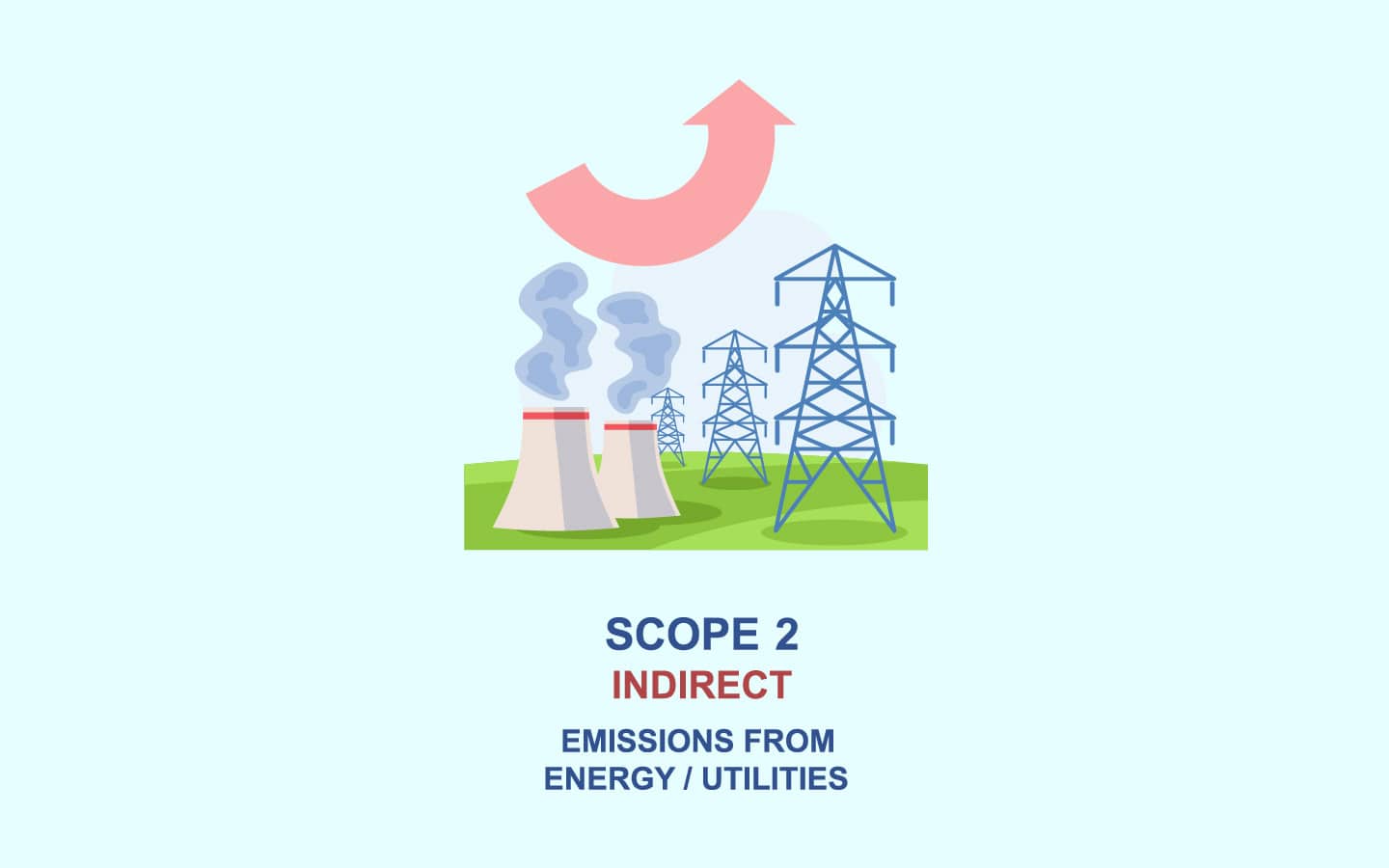Address
Office 101 Calton Centre
Kingsway Road,
Maseru, Lesotho
Work Hours
Monday to Friday: 9AM - 5PM
Weekend: 9AM - 1PM
Address
Office 101 Calton Centre
Kingsway Road,
Maseru, Lesotho
Work Hours
Monday to Friday: 9AM - 5PM
Weekend: 9AM - 1PM

Understanding and managing Scope 2 emissions is crucial. In this article, we’ll delve into the world of Scope 2 emissions, exploring what they are, how to calculate them, and strategies for reduction.
What are Scope 2 Emissions?
Scope 2 emissions refer to indirect greenhouse gas (GHG) emissions from the purchase and use of electricity, steam, heat, or cooling. These emissions are typically generated by the production and transmission of energy, rather than by the organization’s direct operations.
Scope 2 Emissions Sources
Calculating Scope 2 Emissions
To calculate Scope 2 emissions, organizations typically follow these steps:
Reducing Scope 2 Emissions
To reduce Scope 2 emissions, organizations can:
Reporting and Disclosure
Organizations typically report their Scope 2 emissions in their annual sustainability reports, corporate social responsibility (CSR) reports, or through reporting frameworks like the Global Reporting Initiative (GRI) or the Carbon Disclosure Project (CDP).
Conclusion
Understanding and managing Scope 2 emissions is crucial for organizations seeking to reduce their environmental impact. By calculating and reporting Scope 2 emissions, organizations can identify opportunities for reduction and take steps to mitigate their emissions.